Journeys – the Migration Experience

Lampedusa’s boat “graveyard”. When this photo was taken, more than 50,000 people had arrived by boat. All the boats come from Libya after a journey that lasts between two and four days. This is just the last leg of a migration journey that sometimes lasts years. Once on land, migrants are identified by the police and kept inside the CPSA (Centro Primo Soccorso Accoglienza, or first aid centre) for a few days and then redirected into another centre, where they can stay longer while their futures are being decided. Some of them get asylum and others are sent back home. © Christian Sinibaldi
The journey is an essential part of the migration experience, but where does it begin and where does it end? Long before a person steps on a plane or boat, a set of cultural cues, laws and regulations have already influenced that journey. And arrival in a new place is hardly the end, for gaining the legal right to settle is a prolonged journey in itself.
To delve deeper into these questions, the Migration Museum Project recently hosted a panel discussion in partnership with Garden Court Chambers, London. The evening featured Kathryn Cronin, head of chambers at Garden Court; Robin Cohen, principal investigator, Oxford Diasporas; and David Chirico, barrister at 1 Pump Court. All spoke about different aspects of the migration journey.
The talks were complemented by an exhibition of images by Christian Sinibaldi and Chris Barrett, photographers documenting the experiences of migrants in Lampedusa and Calais, respectively. A selection of these images are featured below.
The Journey in Cultural Perspective
The idea of the ‘journey’ has permeated migration narratives throughout history. As Robin Cohen explained in his rapid survey, literature is filled with stories of great journeys, from Don Quixote’s quest for adventure to King Arthur’s search for the Holy Grail. Religious texts from the Islamic, Jewish and Christian traditions also feature long journeys in search of promised lands.
Journeys have carried varied connotations depending on the political and cultural context. During the project of nation building in the 19th century, arduous journeys served to confirm the heroic and pioneering nature of the migrants making them. In more contemporary times, similar sea journeys by migrants seeking asylum in Europe dominate headlines, but are tainted with associations of illegality and criminality.
On a more personal level, journeys have a powerful effect on the formation of identities. Professor Cohen argued that journeys are transformative because they allow you to meet new people, who may be ethnically and generationally different from you, and these encounters often result in a new, shared identity.
Journey Controls – past and present
In today’s world it is hard to imagine a time when the movement of people was largely unregulated, yet Britain’s immigration procedures until the 19th century were indeed relatively relaxed. “In the debates of the free movement arrangements in the EU, we tend to forget that the first significant free movement arrangement was the British Commonwealth,” Kathryn Cronin explained. Any person who was born or naturalised in the British Commonwealth was free to move anywhere within its member nations. This primarily served to assist those moving out of Britain, to places such as Australia, to establish new lives and to transport slaves and indentured workers to various parts of the Commonwealth. All of the mechanisms for journey control we have today essentially began in the 19th century, as an unintended consequence of Empire.
Kathryn Cronin argued that the decline of this free trade system started because Chinese and Indian subjects of the British Empire wanted to migrate freely. This led to carrier sanctions, i.e. fines on sea captains carrying Chinese or Indian subjects, and quotas on ships coming from parts of Asia. Individual countries developed strategies to regulate migration through policies such as the “single journey” in Canada, whereby entry was permitted to those who entered the country without stopping anywhere else. If you came from India, you would certainly have to stop somewhere in between and would therefore be denied entry at the port of arrival. In Australia, a policy allowed officials to test immigrants in any language of their choosing, leading to cases where, for example, a left-wing anarchist German immigrant was tested in Scottish Gaelic!
Fast forward to the establishment of the European Union, where mechanisms of journey controls continue to define which migrants are welcome and which are not. The Dublin Regulation, in particular, today plays an important part in deciding how EU member nations examine applications from asylum seekers. David Chirico explained that, according to the Dublin Regulation, the first place where you land is generally the place responsible for your asylum case. In the present context, this means Greece, Italy, Turkey, Bulgaria, Cyprus and Malta. While well intentioned, this arrangement also allows many European countries to divest themselves of responsibilities for migrants, which in turn has led to the ‘crisis’ we face today.
The Legal Journey
David Chirico, who represents several asylum seekers in Britain, shared the stories of some who, having made the journey to Europe, nonetheless find themselves in limbo, thrust into another long journey for legal status. H, an Iraqi Kurd, is one such person. His brother was murdered in front of him by ISIS, and he lost contact with his parents. His family members arranged for him to come to Europe, and he travelled in a van to Bulgaria.
“His first experience of safety in Europe was being pulled out of a van, forced to lie flat on the road, while Bulgarian police officers fired bullets over his head, prodded at him with the end of a gun, kicked him. He was then put in a police cell with 15 other people for three days, allowed to use the toilet once a day. After three days he was told some things in Bulgarian, which he didn’t understand. He signed something that was an asylum claim. He was then locked up for two months with 20 people with one toilet between them. After two months, he was put out on the streets of Bulgaria, where he managed to re-contact his agent, whom he paid to take him somewhere safer. Two weeks later he was detained in the UK. He was released and is now living with his cousin, who doesn’t let him out of his sight because he thinks he will kill himself. He is visibly falling apart. He doesn’t know if the worst thing that happened to him was losing his whole family in Iraqi Kurdistan or living in limbo in the UK.”
These journeys, Kathryn Cronin explained, in addition to being traumatising events for the people making them, are very significant in the legal case of the refugee. “In order to represent clients, we need to have a sense of where they’ve come from. For those of us representing trafficking victims, refugees, the journey is everything.” Officials seek to discredit asylum seekers if they are seen to have taken the wrong path to the country where they are seeking asylum. And if a person cannot fully recollect the journey, they are taken to be lacking credibility.
Robin Cohen questioned whether these migration policies are meant to actually control migration or are performative, i.e. they are only meant to pretend to control migration. An equal number of migrants are involved in a performance, he argued, deciding which narrative works and which doesn’t because they feel the need to have a script. “It’s a high level of performance and low level of reality.”
The panelists touched upon many facets of the migration journey in the context of personal identity, immigration controls and legal procedures, which were further explored through a screening of Sue Clayton’s film Hamedullah: The Road Home. Sue Clayton joined us to answer audience questions about the film, which charts the forced removal to Kabul of a young Afghan who had sought asylum in the UK, in his own words and pictures.
We plan on exploring many of the themes brought up during this discussion through events and exhibitions this year. Please join our mailing list at http://eepurl.com/tfpRP to receive updates.


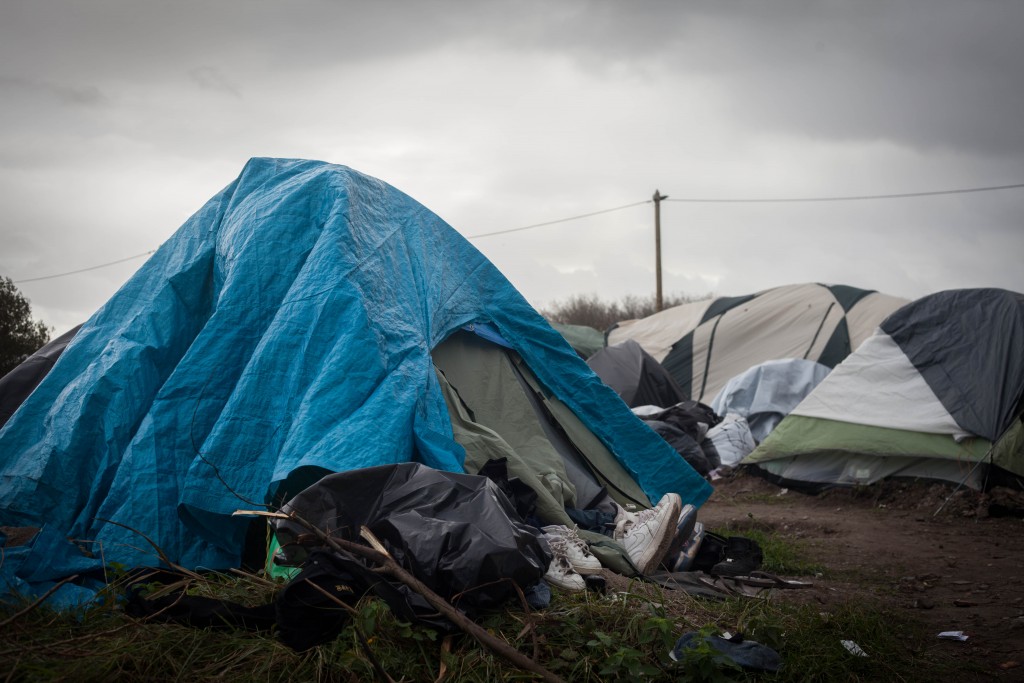
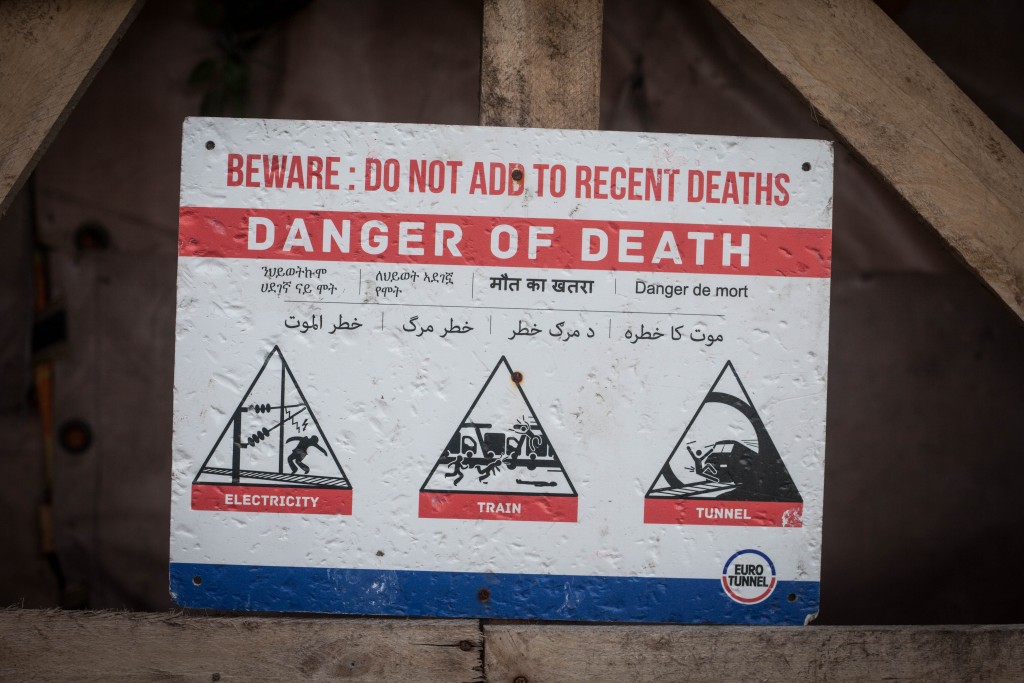
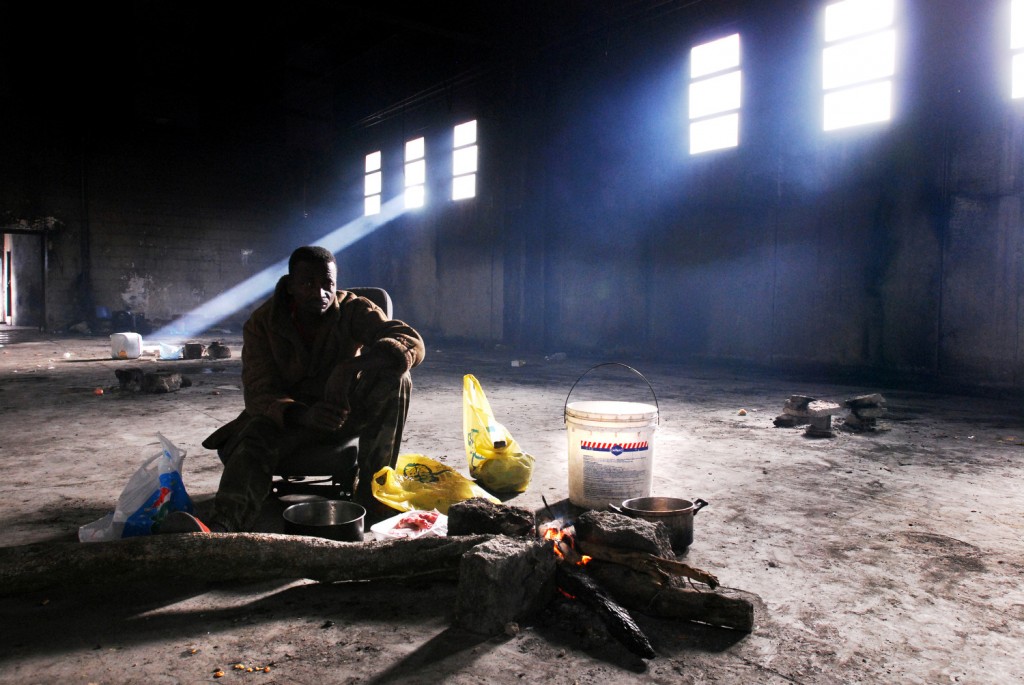
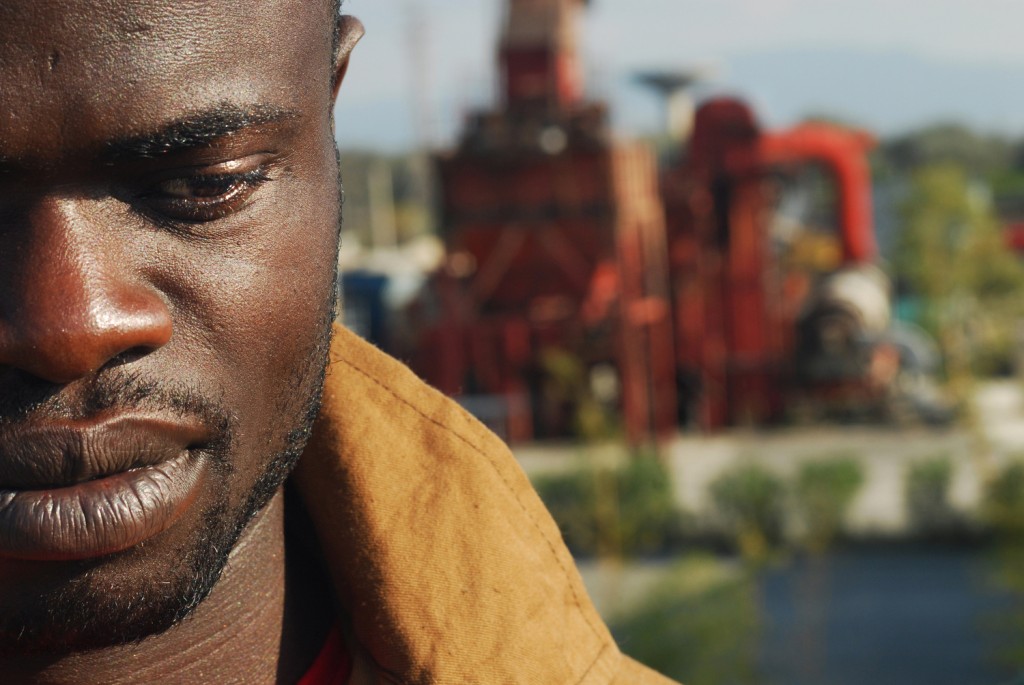
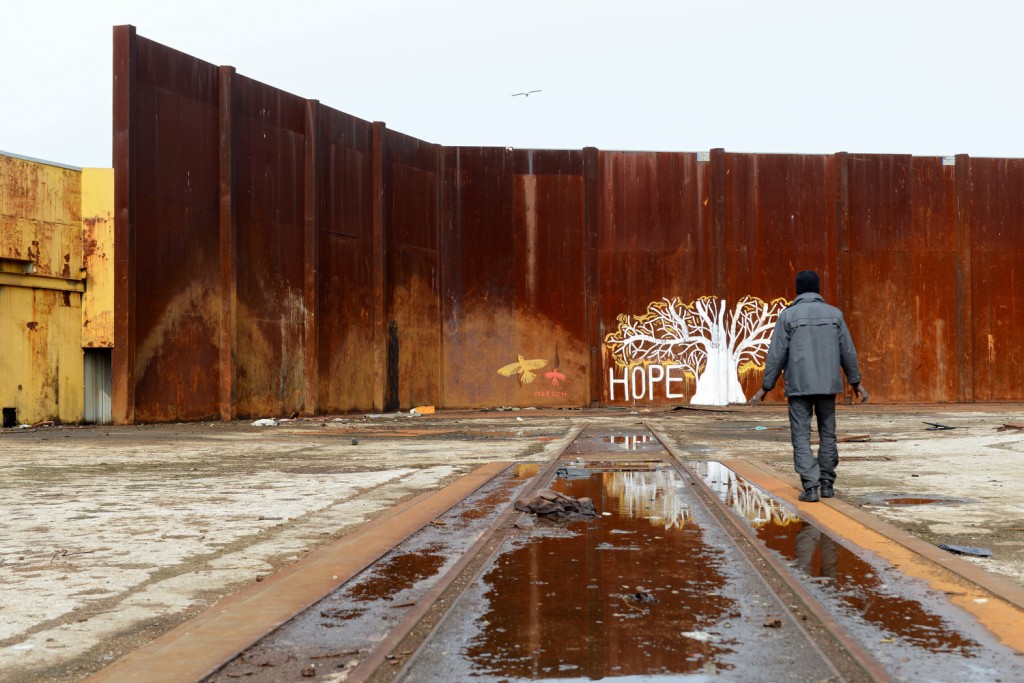
Leave a Reply